In this grandiose fresco two stylistic features of creativity Korredzho were embodied. On the one hand, it is executed in a monumental style, characteristic of the High Renaissance. On the
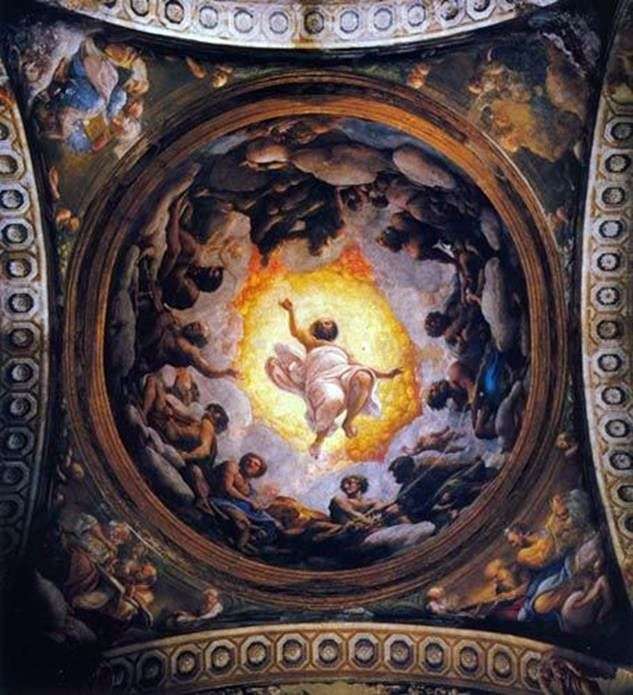

In this grandiose fresco two stylistic features of creativity Korredzho were embodied. On the one hand, it is executed in a monumental style, characteristic of the High Renaissance. On the
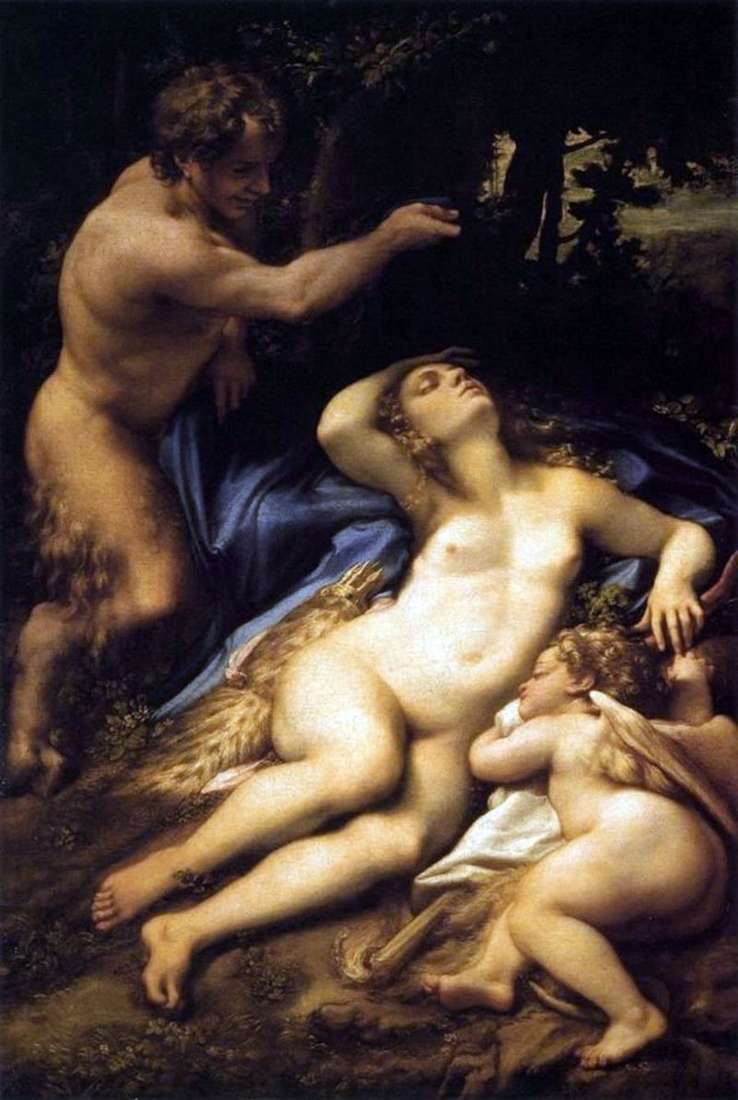
Ordered by Federico Gonzaga, this work anticipates a series of “Love of the Gods” and is a steamer to the painting “Cupid School.” Previously it was believed that it was
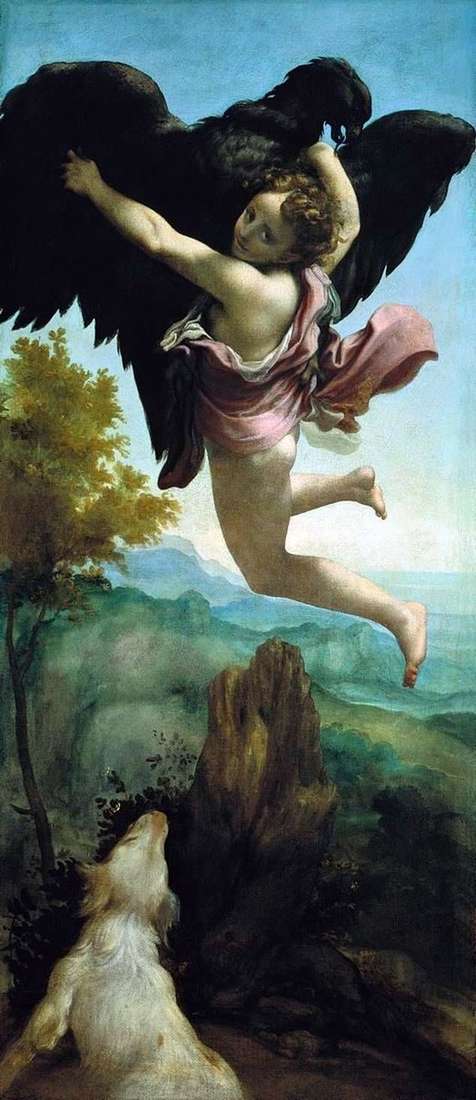
According to the ancient Greek legend, Zeus, the ruler of the gods and mortals, delighted with the beauty of the son of King Tros, the young Ganymede, ordered him to
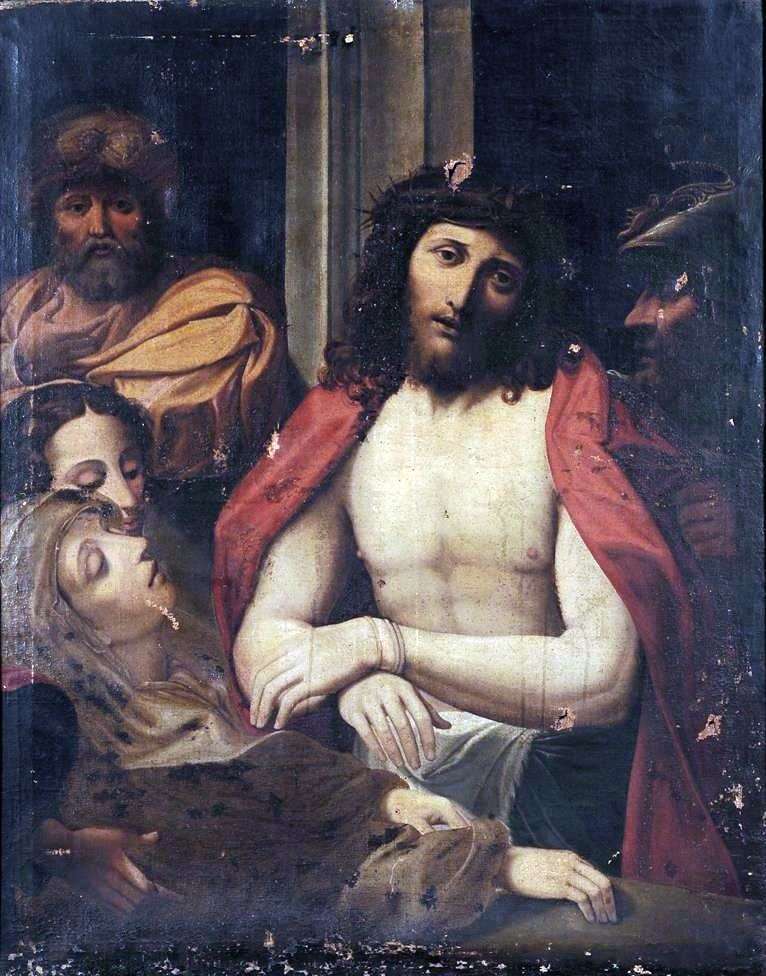
Correggio constantly pushes the viewer with a hurricane of passion. Especially it is noticeable in the picture of Esse Homo, where the figure of Christ is portrayed somewhat unnaturally and
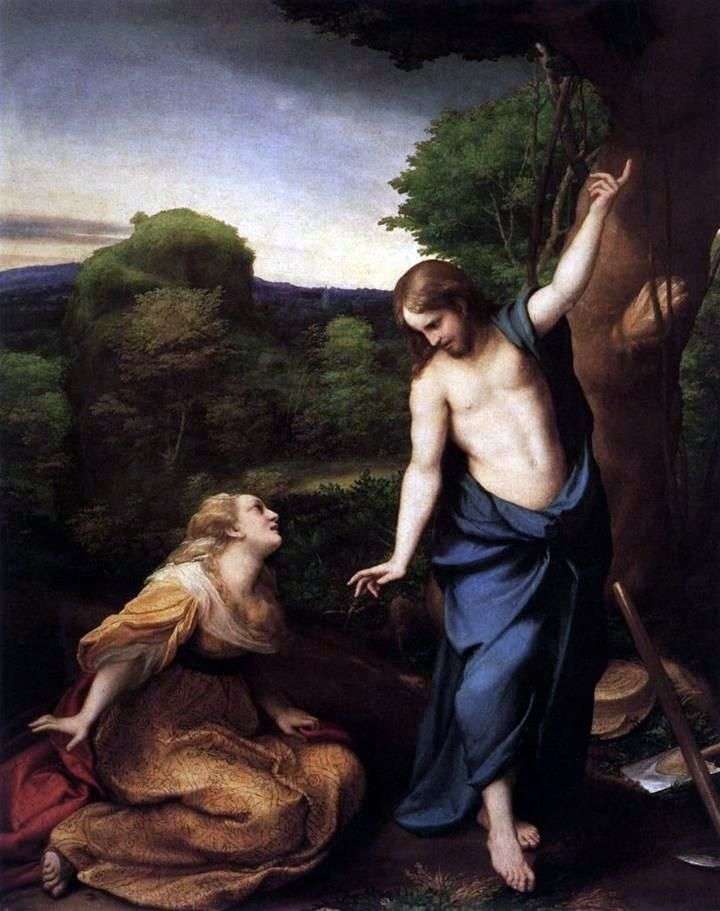
Antonio Allegri, a painter of the period of the High Renaissance, received his nickname at the birthplace and creativity in the Italian city of Correggio. The master accurately conveyed the
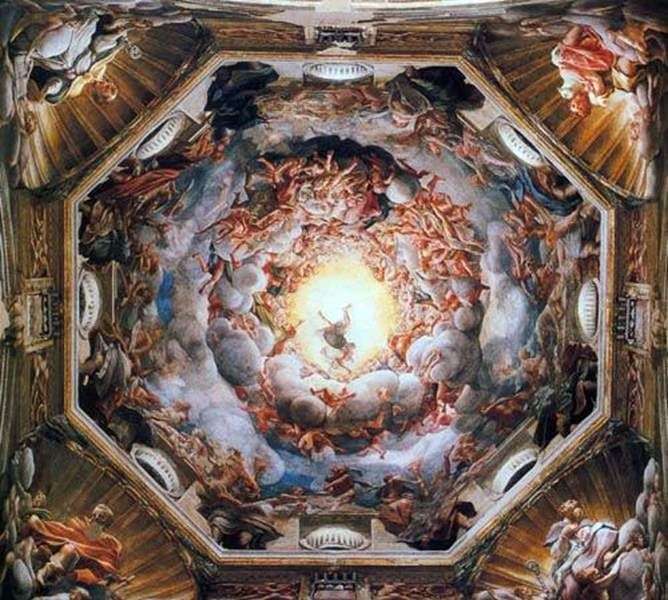
The fresco “Ascension of Our Lady”, decorating the dome of the Parma Cathedral, is one of the most significant works of Correggio. Here, his many years of searching in the
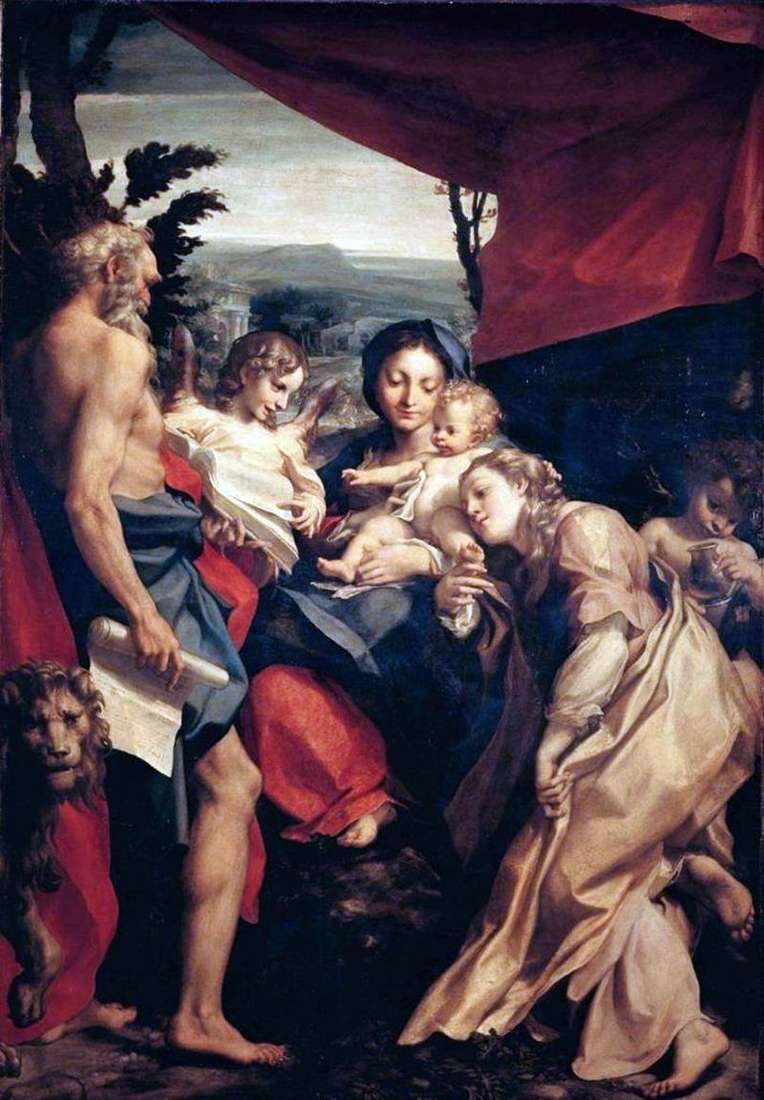
This altar image, also known as the “Day”, was ordered by Correggio in 1523 by a certain Breezeid Coma, who wished to honor the memory of her recently deceased spouse.

The genre of the portrait is quite rare in the work of the Italian master of the Renaissance, and the picture presented is the only Correggio work kept in the
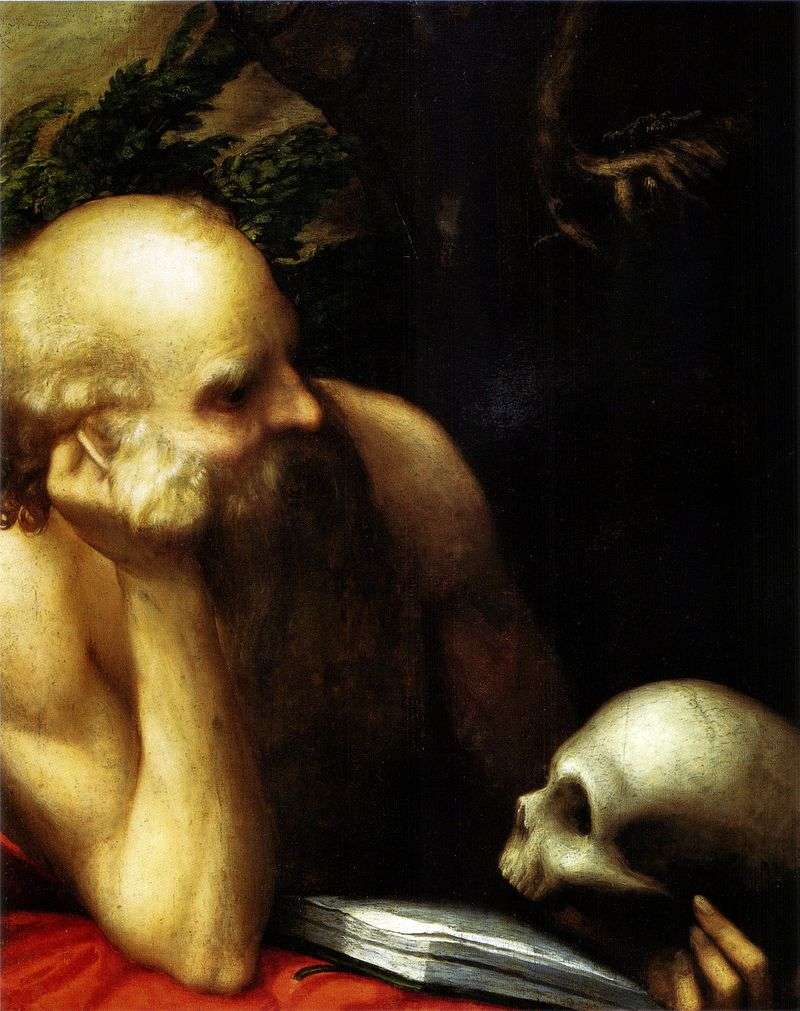
The work “Saint Jerome” refers to the early period of creativity Correggio. Expressive picture gives contrast lighting. The saint, depicted to the waist, looks thoughtfully at the skull, reflecting, presumably,

It is impossible to overestimate the role of light in the works of Correggio. The artist has always attached great importance to lighting, contrasts of light and shadow. For example,
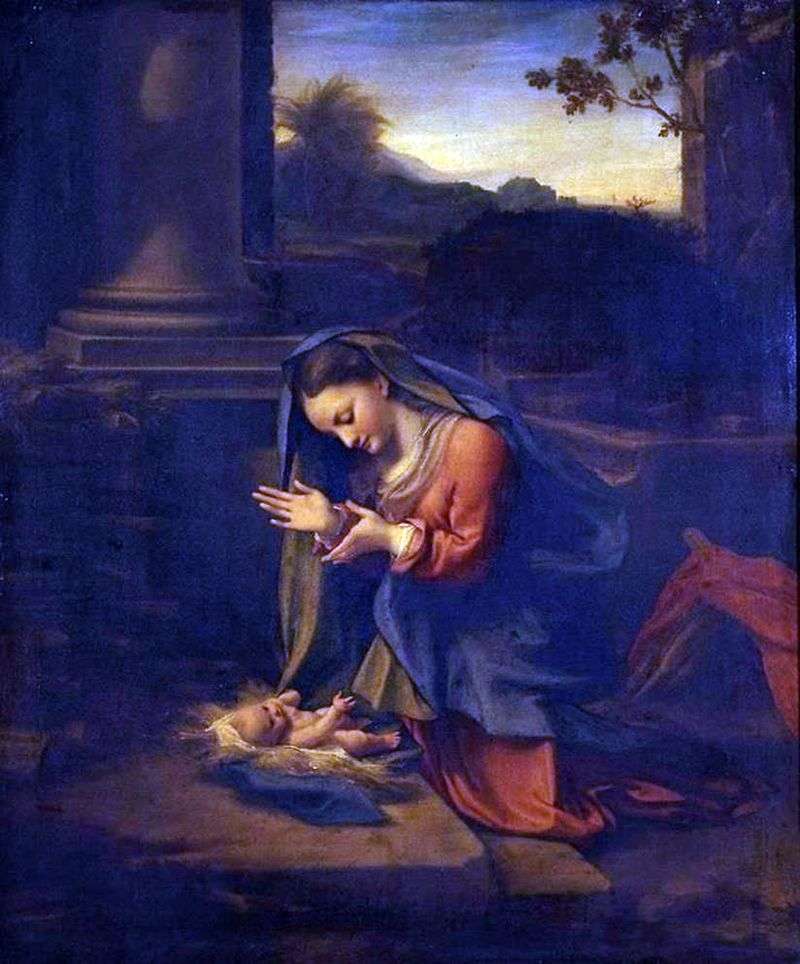
The composition of this picture is similar to the composition written in 1530 Christmas. The infant Christ radiates radiance and illuminates the interior, written in soft tones. Created by the
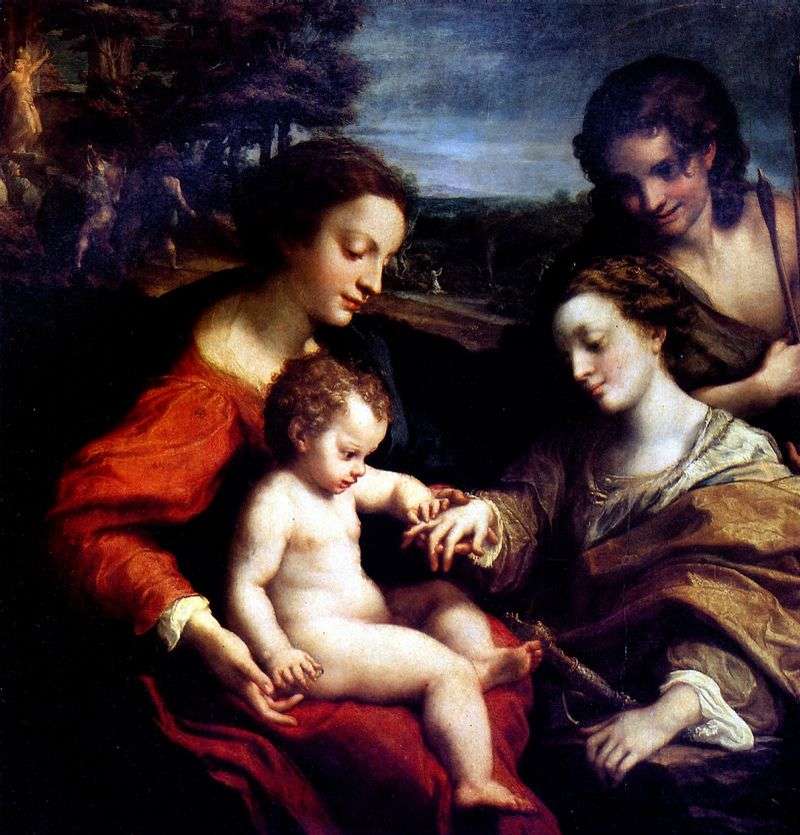
Correggio often turned to the life of St. Catherine, daughter of King Xanthos, who suffered martyrdom at the will of Emperor Maximian. In her youth, the saint gave a vow

Returning in 1518 from Rome, Correggio received a very interesting order. The abbess of the convent of San Paolo in Parma asked him to paint some of the premises of
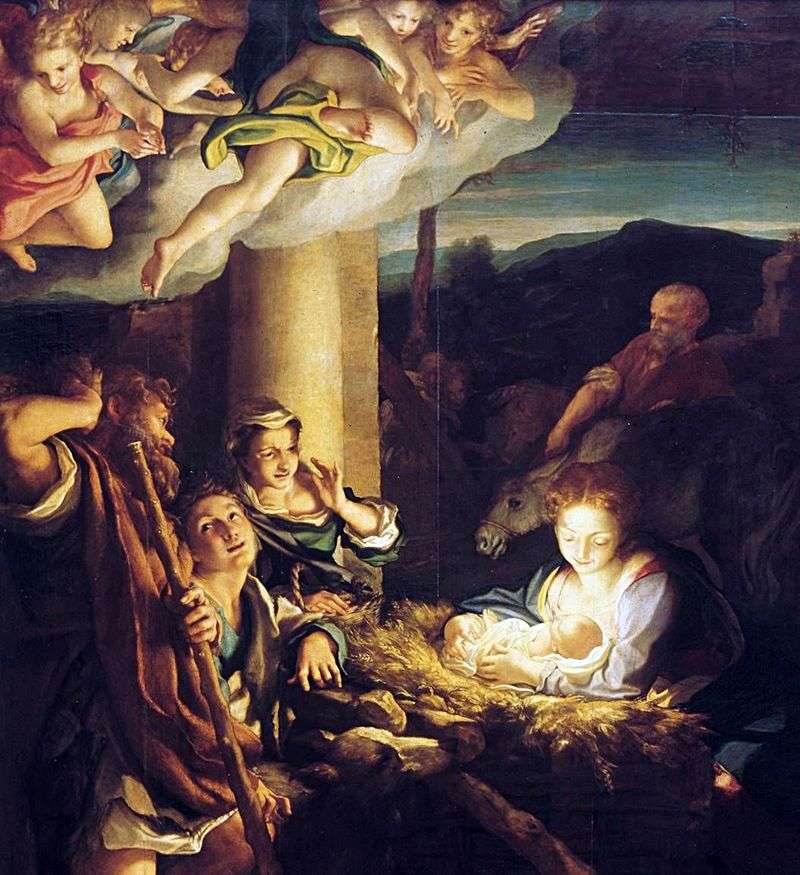
Correggio loved the light for his own sake and was rewarded for his love, because it was the art of transmitting light that elevated him above all modern masters. He
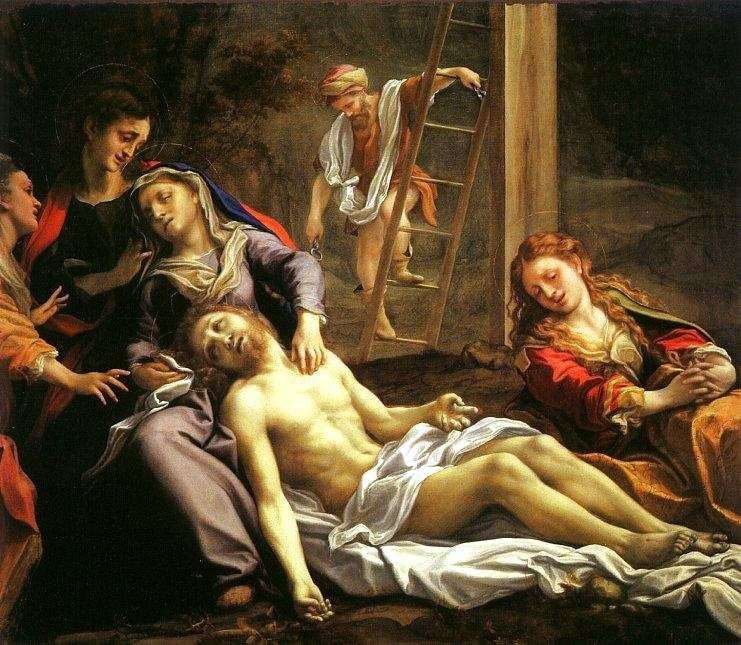
This work, representing the scene of mourning for Christ, was performed by Correggio for the church of San Giovanni Evangelista in Parma. In addition to Jesus and the Virgin Mary,
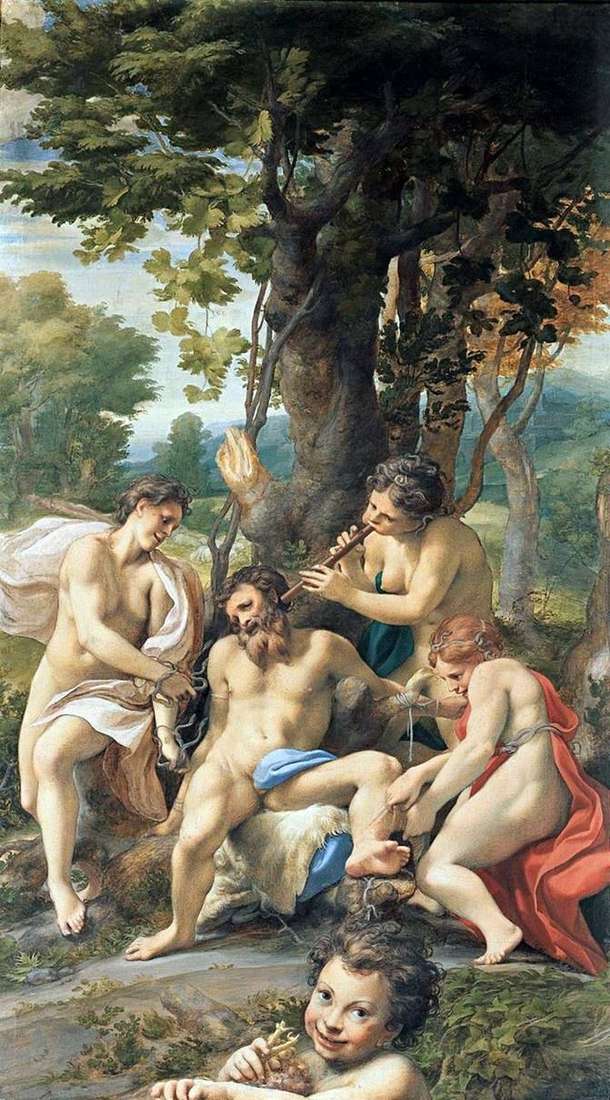
“Vice” appears before us in the form of an elderly man. To his left is Joy. She plays the flute next to Porok’s ear, drowning the voice of the Conscience
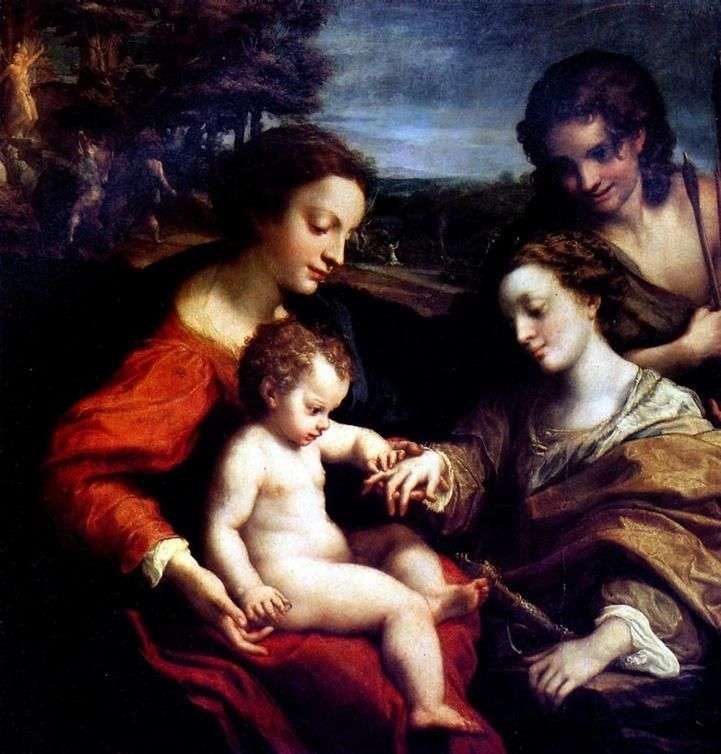
St. Catherine takes the wedding ring from the hands of the infant Christ. Saint Sebastian is present at the symbolic engagement. In the background of the picture are inscribed scenes
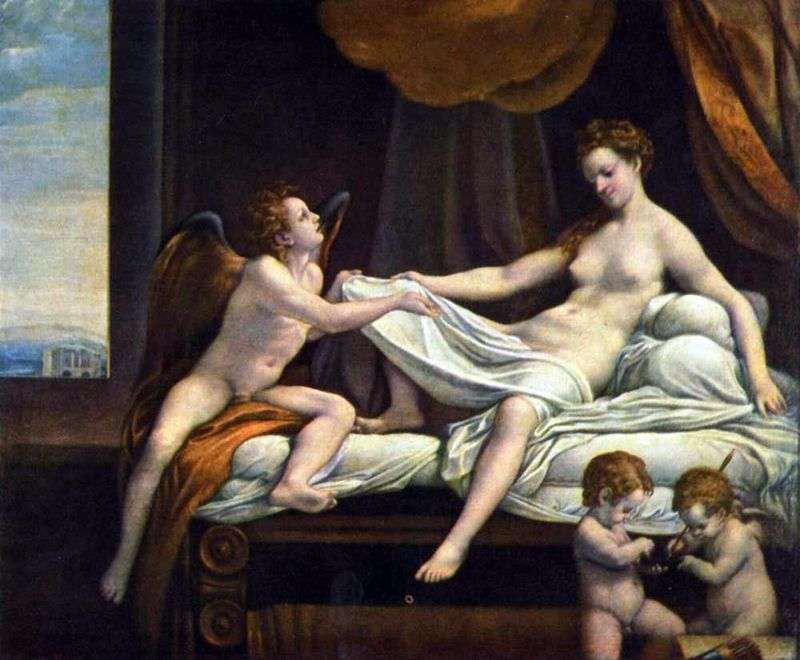
I: \ kartiny \ correggio \ 30danae. html The long time the life of this great artist was little known, and therefore filled with such incredible and opposite to each
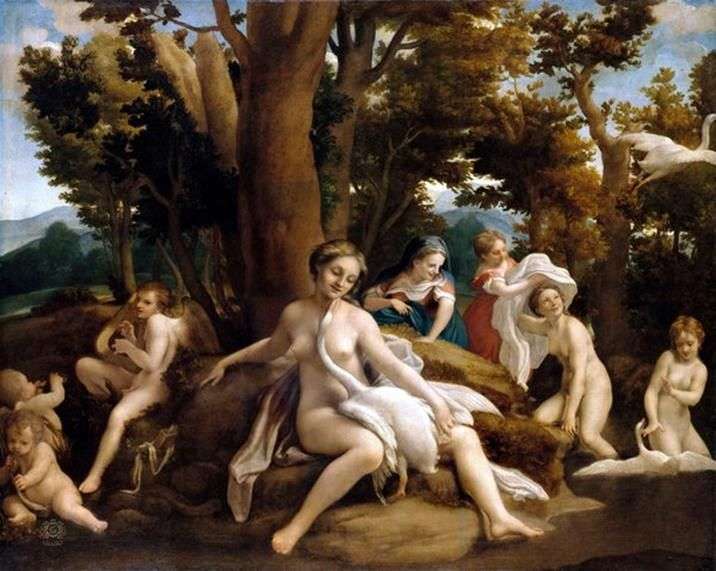
Each of the four paintings of this series, commissioned by Federico II Gonzaga, illustrates one of Jove’s love affairs. In the painting “Leda”, the Thunder God joins his beloved, taking
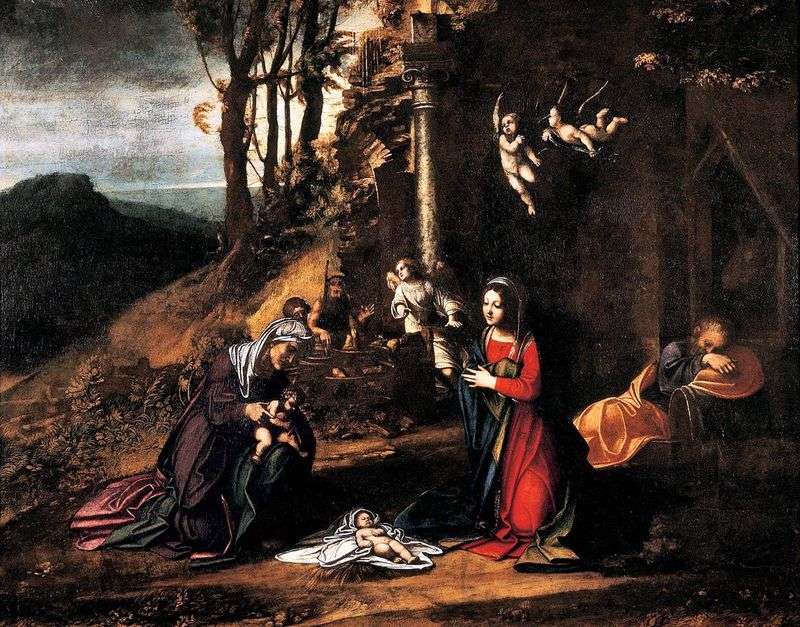
A great place in this picture is given to the details of the landscape, depicted in great detail. Pay attention to the thin rays, coming down from somewhere above, because

The altar images presented here refer to the mature period of creativity Korregio. Both of them testify to the “mannerization” of the master’s style, manifested in the use of bright